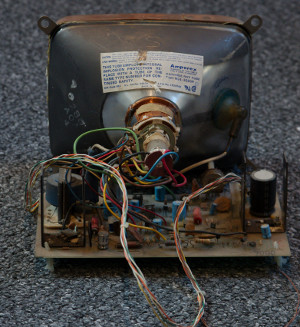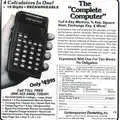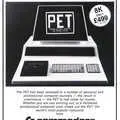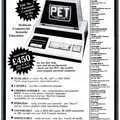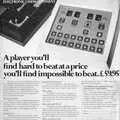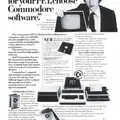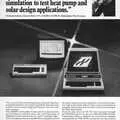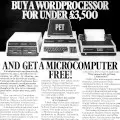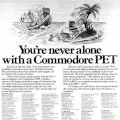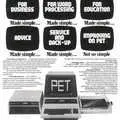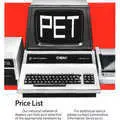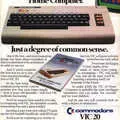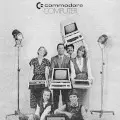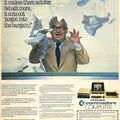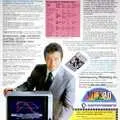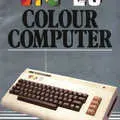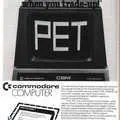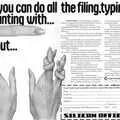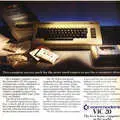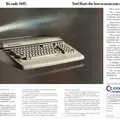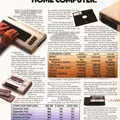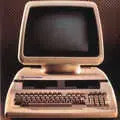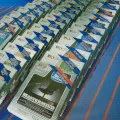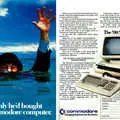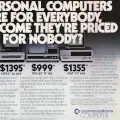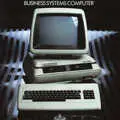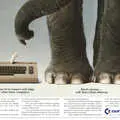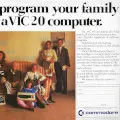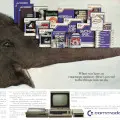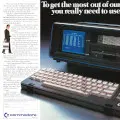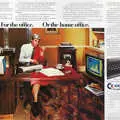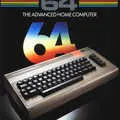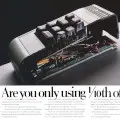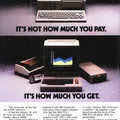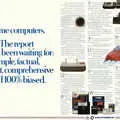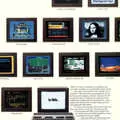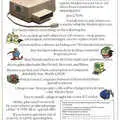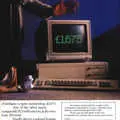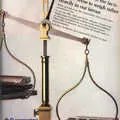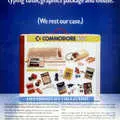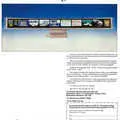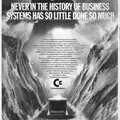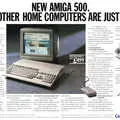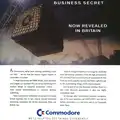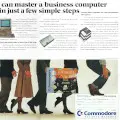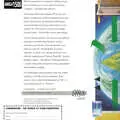
Commodore Advert - 1978
From Magazine
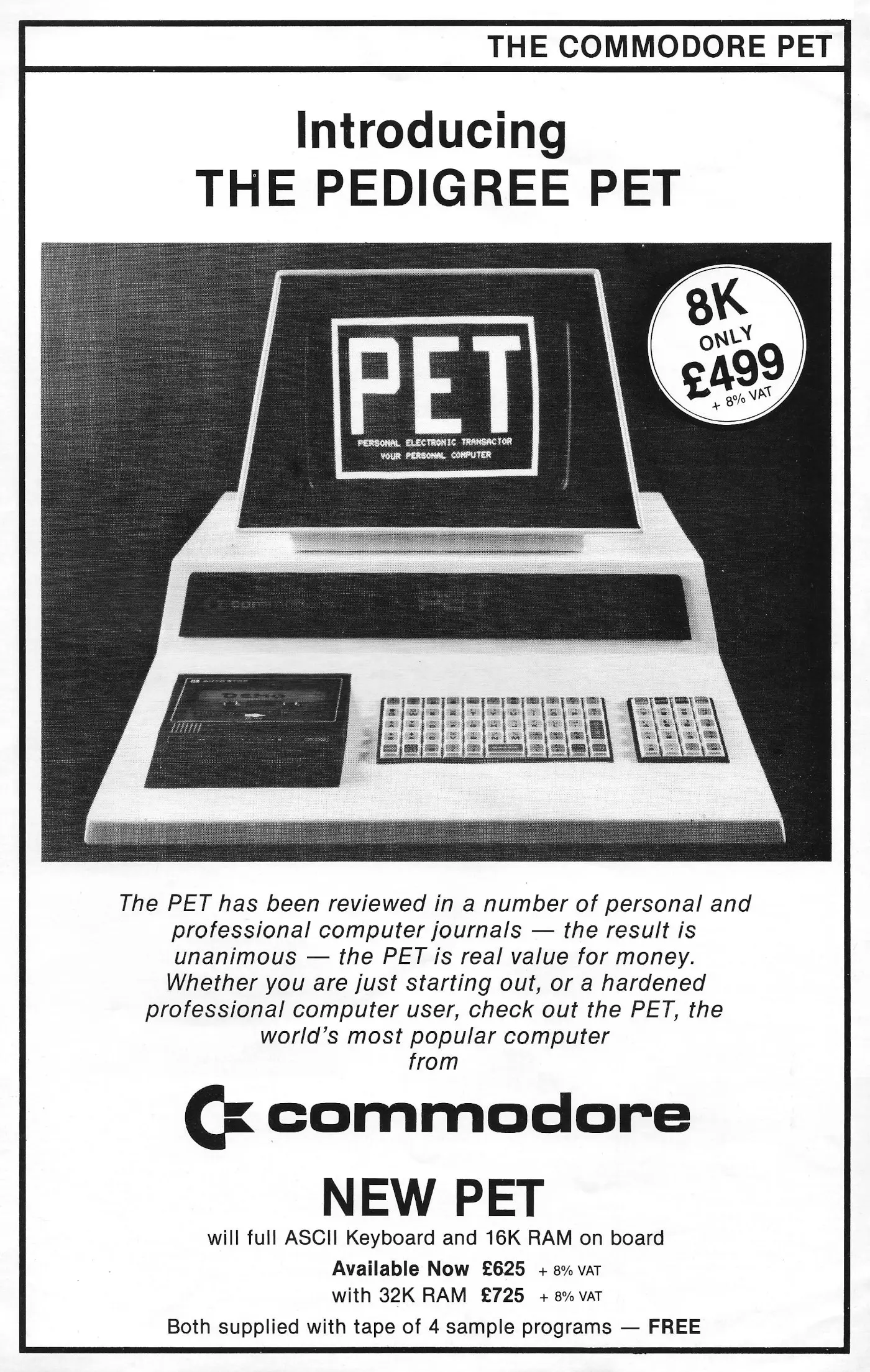
Introducing the Pedigree PET - 8K only £499
The PET was the indirect result of a project by MOS Technology of Pennsylvania to develop its 6500 series of microprocessors, which had been designed as drop-in replacements for Motorola's 6800 by ex-Motorola engineers, now at MOS, which included Chuck Peddle.
The 6501 CPU - which was pin-compatible with the 6800 - was terminated as part of a subsequent lawsuit that Motorola took out against MOS for infringement. Luckily for MOS, its sibling 6502, which wasn't directly compatible, was allowed to continue.
However the 6502 found itself without a market as there were no microcomputers that used it, so that led MOS to develop the KIM-1 single-board computer.
This became popular with hobbyists, on account of its cheapness. According to Commodore, which bought MOS in 1976, it was the most popular micro board in the US.
An Amperex TV tube from a PET 3016The PET that followed was essentially a KIM-1 in a metal case with a keyboard and a "monitor", which was actually a small 9" television tube.
This was originally pinched from a Sony TV for the prototype machine, but eventually manufactured specifically by companies like Amperex.
The project to build it had taken less than a year from Commodore's initial development "go ahead", as the company had realised that with its acquisition of MOS Technology it had the in-house technology, production and marketing capability to actually launch a microcomputer.
It was the first "complete" personal computer to be launched, predating the Apple II and the TRS-80 by several months, although you wouldn't know it from Apple's hagiographic interpretation of history. However, it didn't actually start shipping until towards the end of 1977, giving the other two machines something of a head start.
The PET was launched in the UK in the spring of 1978 and this advert was probably sales-channel literature to go with it. It shows the original "chiclet" keyboard, but also has the full-keyboard 16K and 32K models advertised - the 3016 and 3032 models.
However in what would become something of a Commodore trademark, public relations started off badly.
In an article published in the very first edition of Personal Computer World in February 1978, John Coll - a teacher, computer enthusiast and later on the man responsible for drawing up the specifications for the BBC Micro - wrote about trying to get details of the PET that:
"I have tried very hard to obtain information from [Commodore] without any success. This seems to me to be very bad public relations since they have publicly displayed the machine (for example in London in May 1977) on more than one occasion. To create an interest which they then totally fail to support is not a good sign for the future[1]".
After its UK launch, Commodore's UK head of marketing Kit Spencer wrote about the company's approach to the PET's design philosophy in May 1978's Personal Computer World saying that the main concepts were that it should be "Affordable, Capable, Expandable, Understandable, Usable and Serviceable". He continued:
"we have tried to take some of the mystique out of computers in order to broaden people's understanding, appreciation and potential use. For this reason we chose an expanded, fast, comprehensive and powerful 8K Basic which has been built in to the machine, as this is one of the easiest computer languages to learn, understand and use. Our PET computer has been designed as a fully-integrated and independently operable unit that can be used from the day it is purchased by simply plugging it in to a standard mains supply".
Meyer N. Solomon echoed this in the same issue's editorial page, saying "if I wrote an article on the PET, I would praise CBM mightily for its efforts to bring computing within the reach of all of us"[2].
Unfortunately, the name "PET" had to be rapidly changed in Europe as the Dutch Philips group already had a computer in the market with that name, so Commodore's machines were soon re-badged as "CBM", which stood for Commodore Business Machines - a name that Commodore's calculators in the UK had already been sold under.
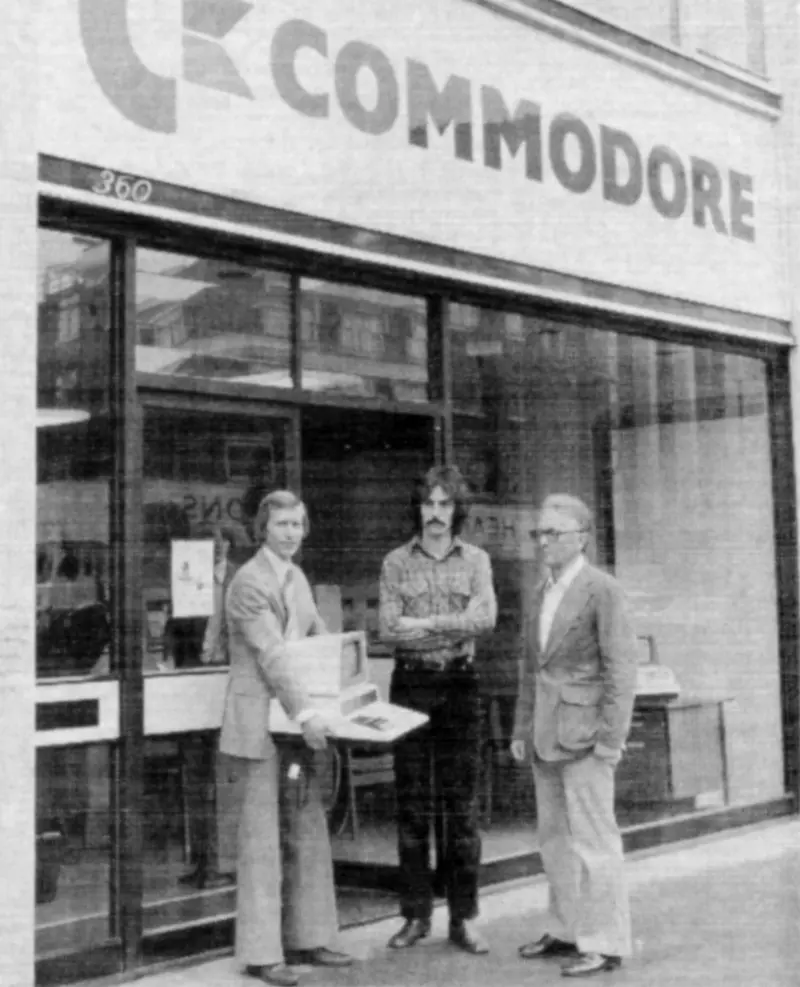
Commodore's new PET Computer Centre at 360 Euston Road. Kit Spencer, left, is holding the PET. © Personal Computer World August 1978Commodore was quick to establish a new division in the UK - Commodore Systems - in order to handle the PET, as well as the earlier KIM-1.
This was easy enough as Commodore already had an established presence thanks to its calculators, several of which were manufactured in the UK, with Spencer himself being a former calculator employee at Bowmar[3].
Bowmar was a calculator company that had licenced its 901B[4] to Commodore, which the latter company sold in 1972 as its first "pocket" calculator, the C110.
Spencer continued in his Personal Computer World article:
"as production and our organisation grows, we intend expanding to a local dealer network to give grassroots support - these will be carefully selected. Meanwhile, we are already setting up new offices and a 'PET Computer Centre' in central London [at 360 Euston Road] which we hope users and others interested will visit to evaluate PET, exchange ideas and generally use as a 'personal computer centre'"[5].
The "careful selection" of dealers continued later on with something of a clearout in the spring of 1980, with the axe being wielded on any dealer that wasn't able to demonstrate, fix or explain Commodore's business software.
Kit Spencer was still hoping that all dealers would be approved to this standard[6].
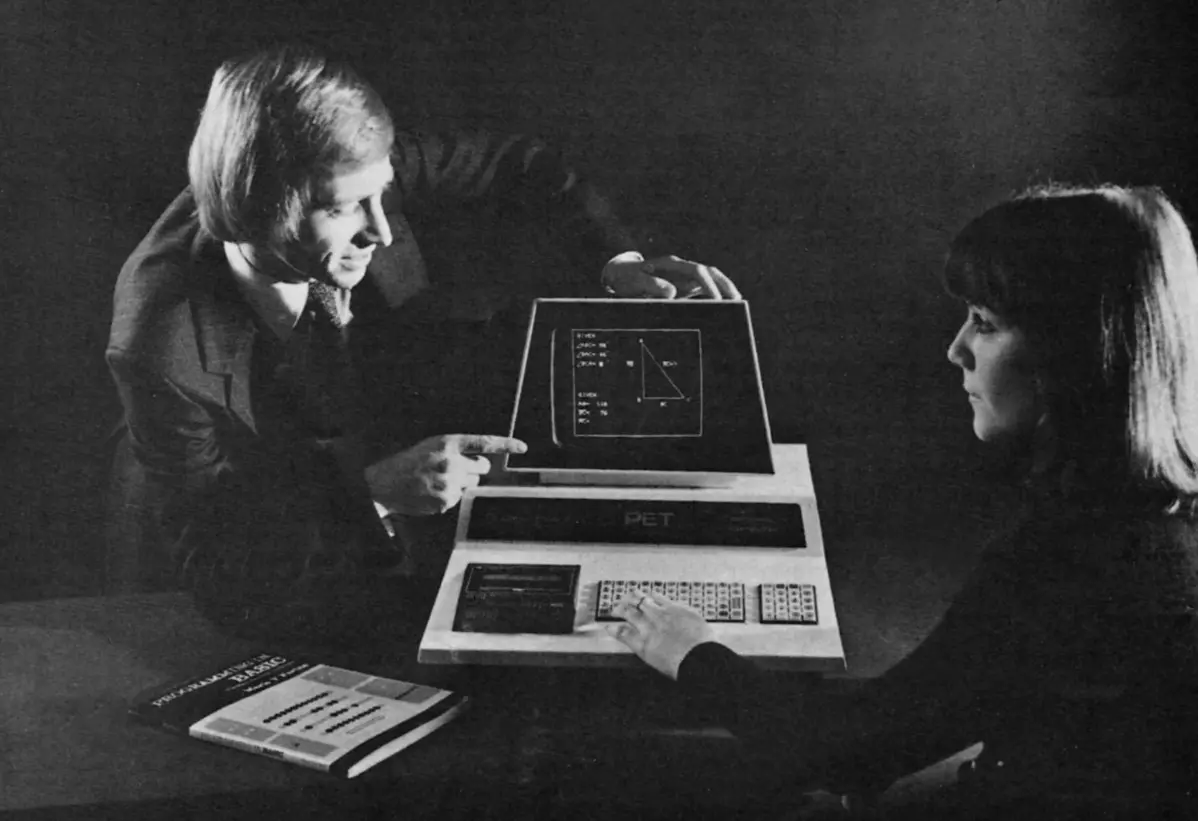
Kit Spencer and a Commodore PET 2001 in a photo which featured in the May 1978 edition of Personal Computer World
In another move sarcastically branded as a "marketing masterpiece" by Personal Computer World, Commodore was also requiring that dealers must be selling £10,000 (£63,300 in 2025) of PETs each month before being allowed to sell the new 80-column machines, dubbed "SuperPET" by the press[7].
It's little wonder that Commodore had poor relations with its dealers - even by 1984 the company was still "universally disliked" by dealers, in much the same way as British dealers disliked Acorn - one reason being that both companies required that dealers didn't sell any other company's machines[8].
It was even said that dealing with Commodore was like dealing with Attila the Hun[9].
The 32K model with the proper keyboard, as advertised, cost £6,090 in 2025 terms, whilst the older 8K Chiclet version was only £499 plus 8% VAT, or about £4,200 now.
After the larger-keyboard models had been launched, demand was allegedly still so strong for the smaller models that they were "re-introduced".
Date created: 01 July 2012
Last updated: 11 December 2024
Hint: use left and right cursor keys to navigate between adverts.
Sources
Text and otherwise-uncredited photos © nosher.net 2025. Dollar/GBP conversions, where used, assume $1.50 to £1. "Now" prices are calculated dynamically using average RPI per year.
